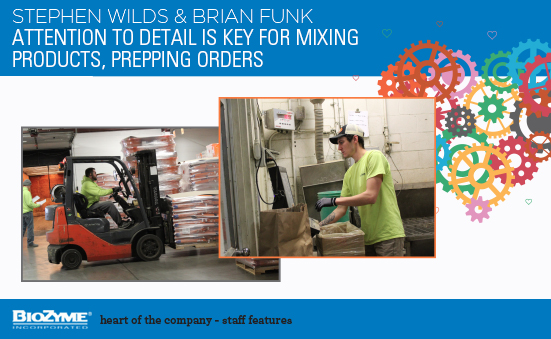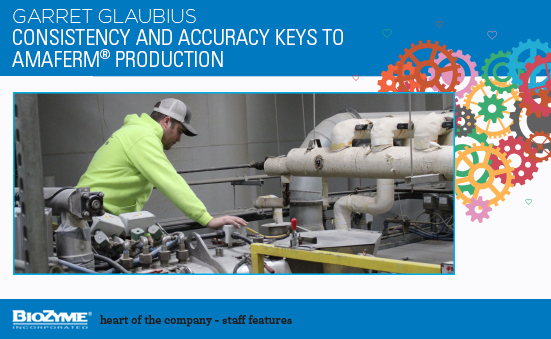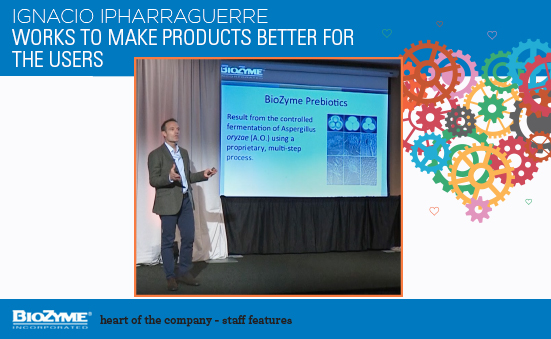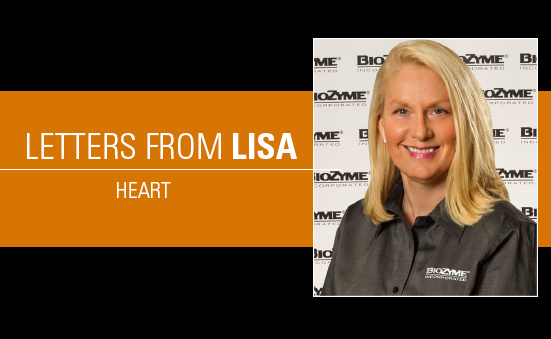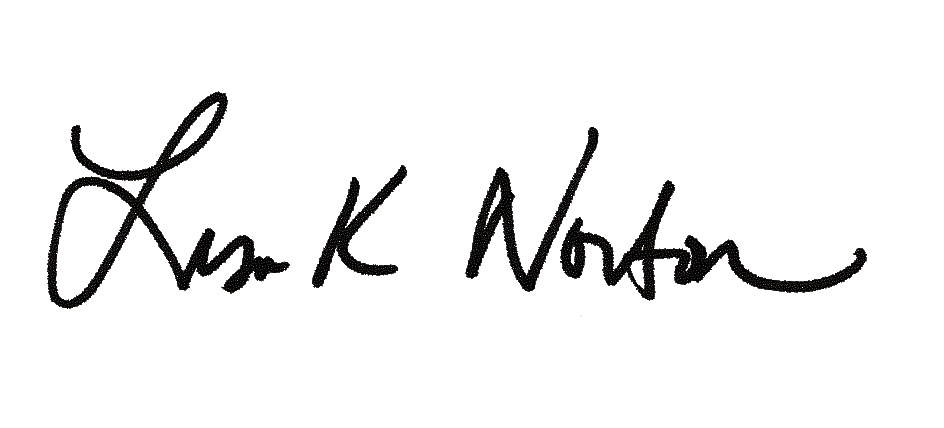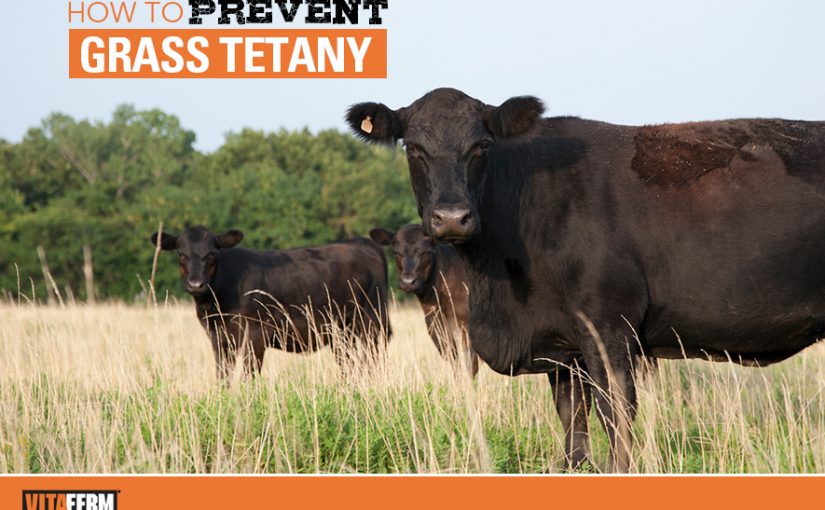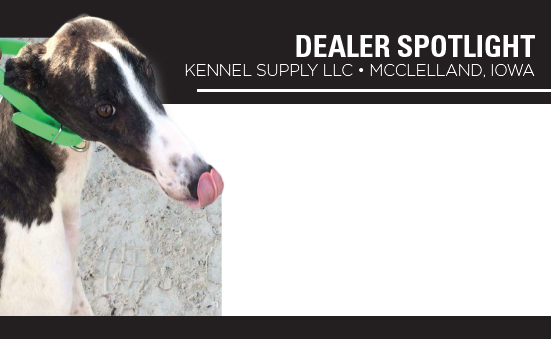We know that Amaferm® is the heart of each of product that BioZyme® makes and markets, but it is the extensive network of dealers that is the true heart of our business. Without dealers our products would not be able to get into the hands of so many customers and make such a large impact on the animal nutrition industry.
With nearly 1,000 dealers spread across the country, surely there is a dealer close enough to help a cow-calf producer, an equine enthusiast or even the young person getting started with his or her first junior livestock project. The dealer network is one of our best assets, and without YOUR dedication, drive and direct relationships with so many end-users, we’d be just another supplement company.
As dealers you are the ones who have built strong relationships with our customers. You know their families, their operations, and their needs. We hope you always feel comfortable talking to us about new needs we haven’t thought about or ways to improve our products based on what the customers need and want.
Dealers provide personalized service. Yes, we strive to provide customer service every day. However, we can’t be everywhere at once. With dealers like you to provide service prior to and after the sale, you make a difference, and provide more than just a product. The service might be educating the customer about what is the right supplement to meet his or her goals. You might pull forage samples to have tested, or you might offer local community support through a cattlemen’s organization or the local youth rodeo. Local dealer support is important to you as a dealer and to us as a company, but we can’t do it alone.
Dealers are truly the heart of our business, but they are also the faces of our company. When your local customers think about ordering a pallet of Concept•Aid® or picking up some Sure Champ®, they aren’t thinking about the scientists who initiated fermentation of the Amaferm or the person who loaded that pallet back in Saint Joseph, Mo., they are thinking about you – their trusted BioZyme dealer who they have a relationship with.
It is our goal to make sure our dealers are as much as part of the company as anyone. That is why we are continually looking for ways to provide you services and information to make you more efficient in your businesses. From tools like this newsletter to the Online Dealer Center to your Area Sales Manager and the Master Dealer Training Program, we hope you take advantage of all the resources provided to you.

